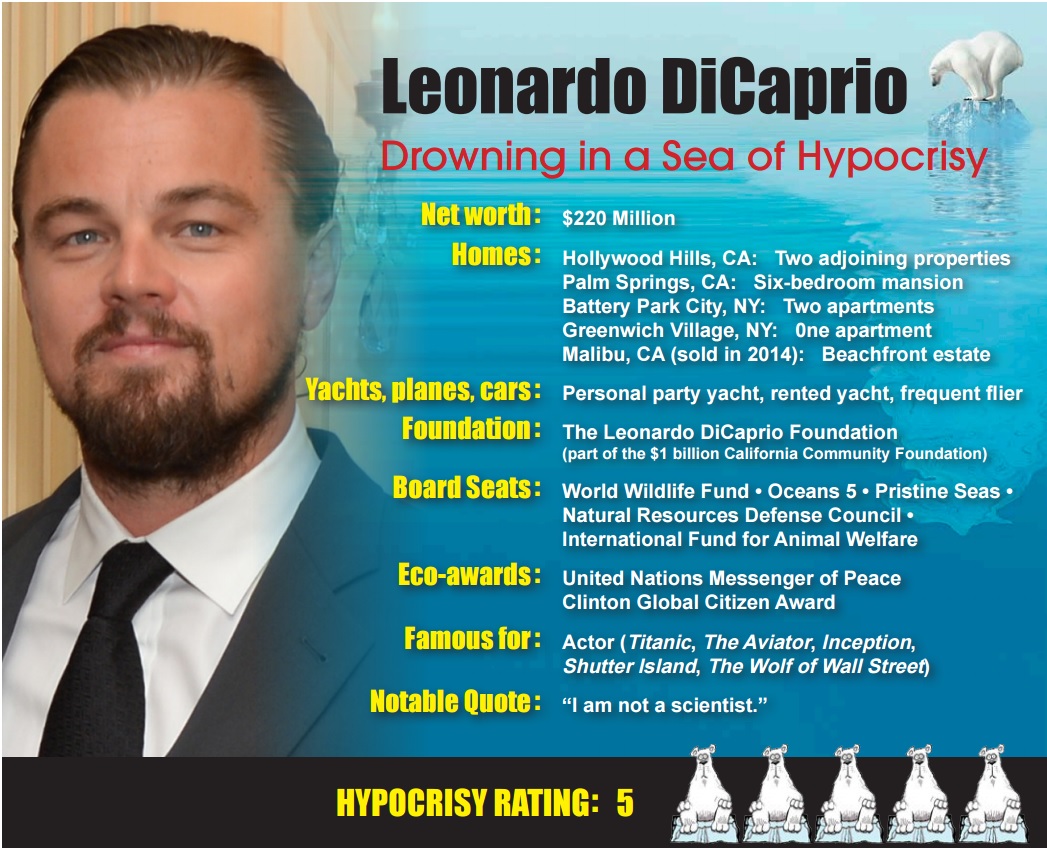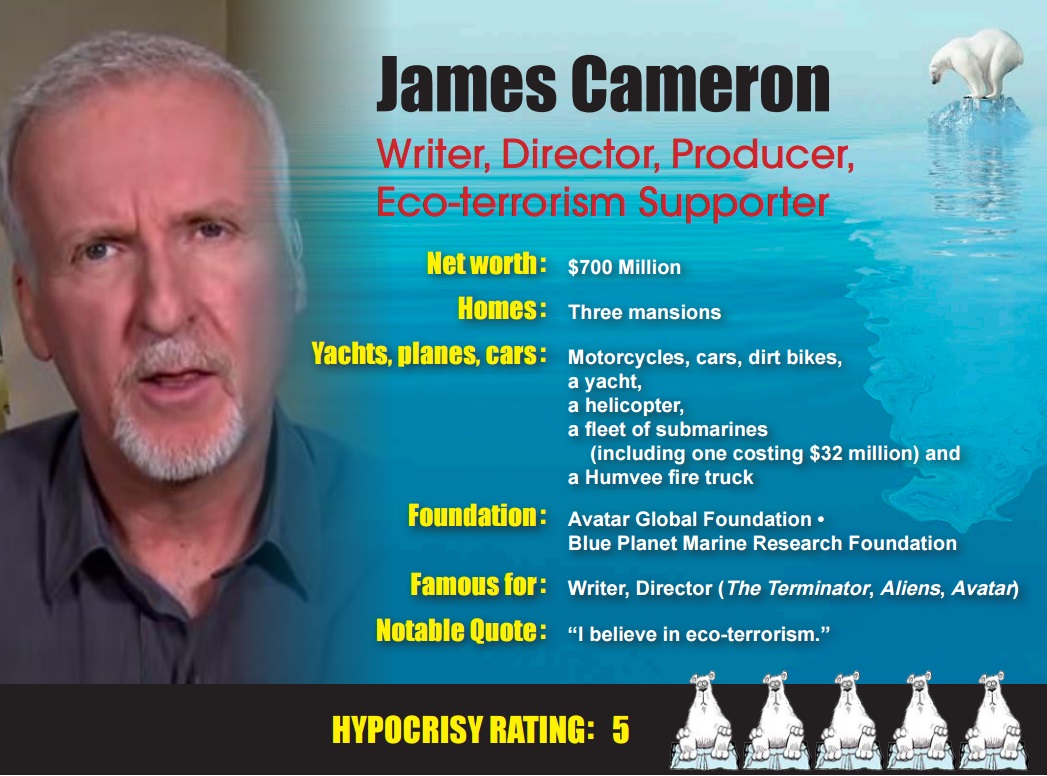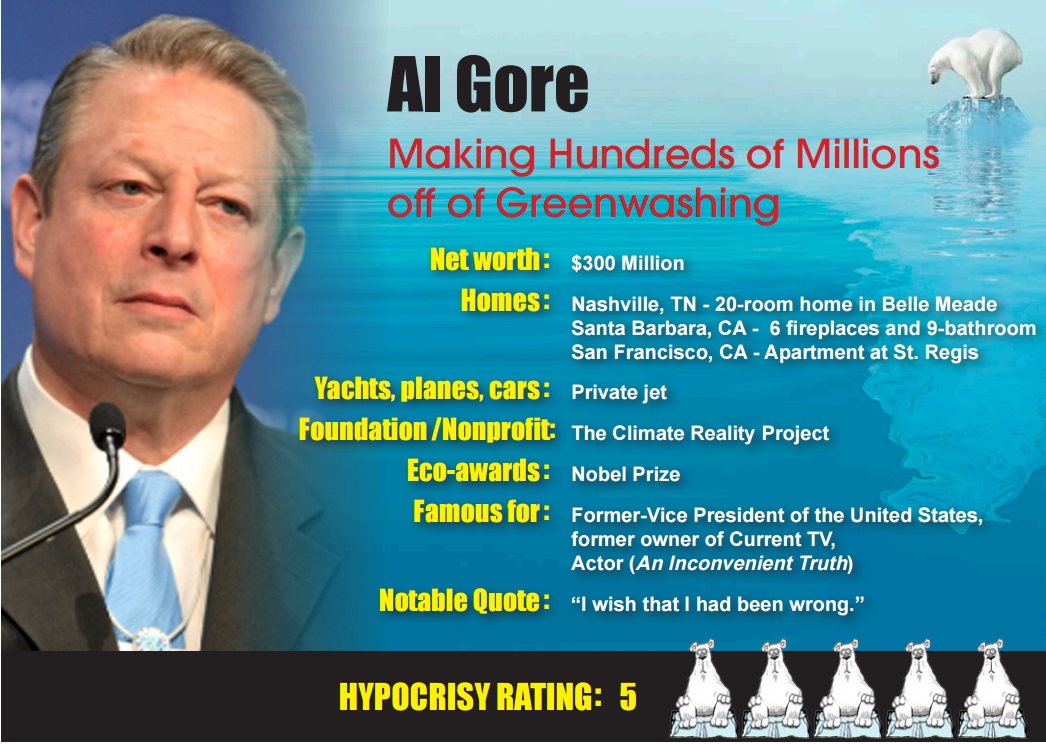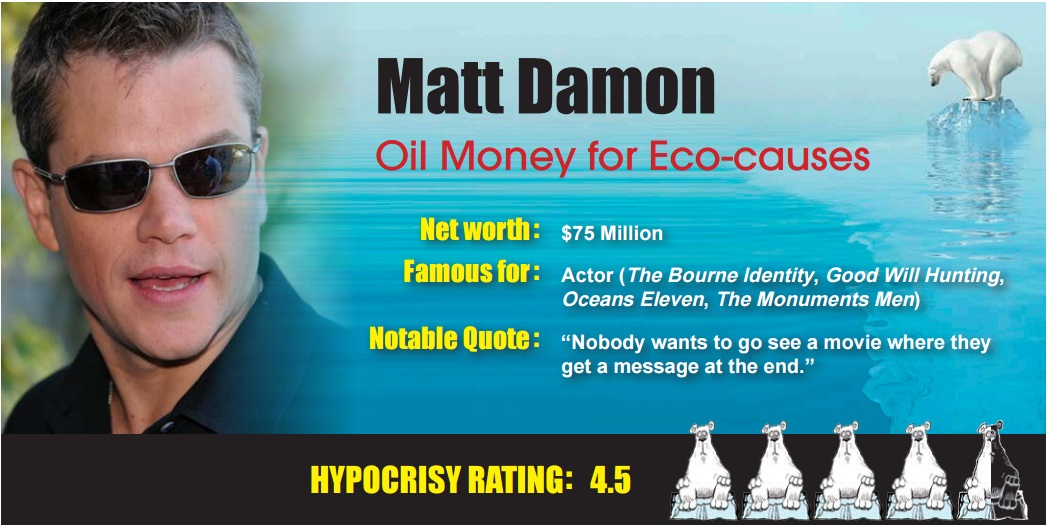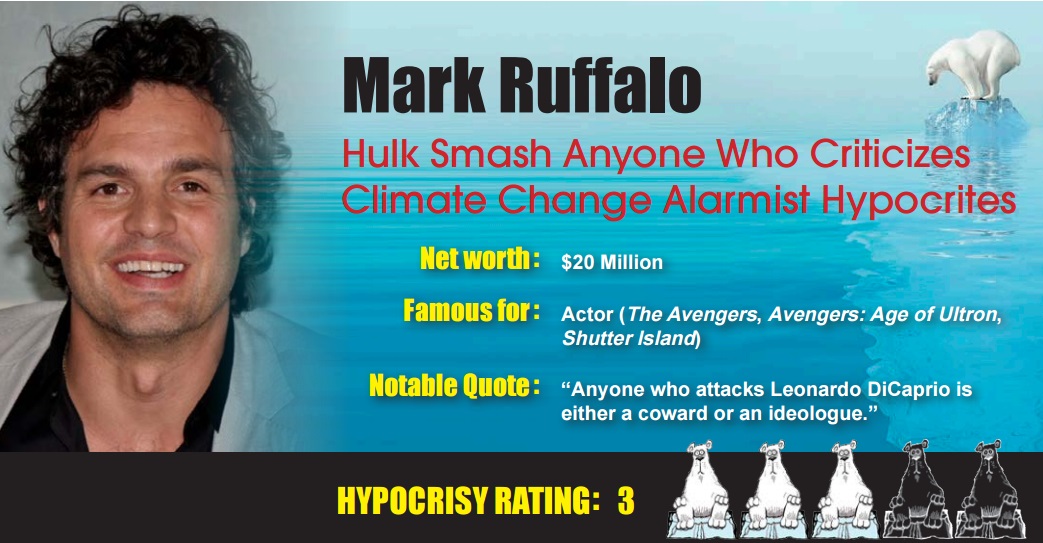- Joined
- Oct 23, 2013
- Messages
- 26,183
- Points
- 113
30 Clever Signs Spotted At The 2019 Global Climate Strike
Millions of people around the world marched for the Global Climate Strike on September 20, asking the world leaders to take action against climate change. Carried out in different parts of the world, the protest was participated in by young people and adults as they take their demands and climate strike signs to the streets.
The series of protests was conducted three days before the Climate Action Summit at the UN Headquarter in New York.
It’s an obvious fact that climate change is killing our planet. But why are our leaders so mum about this environmental issue? As climate change worsens, global warming and dangerous weather conditions become more frequent and severe. The entire world became a witness when a massive, unstoppable wildfire engulfed the Amazon rainforest. Dubbed as ‘the lungs of the Earth’, the Amazon rainforest produces 20 percent of the world’s oxygen. Now, imagine it being wiped out from the surface of the Earth. We can only think of the worse. Climate change, among others, is one of the factors that could’ve contributed to the wildfire.
The tragic fate of the Amazon rainforest is only the beginning. If we don’t take action now, expect the worse events to happen in the near future. Aiming to persuade the world leaders to prioritize the environment over global economic growth, people stormed the streets with climate strike signs to get the message across. While the objective remains unified, protesters have their own unique ways of creating their own climate strike signs. Besides, creative protest signs are more likely to draw more attention. And that’s the idea behind it all.
These protesters, young and old, really have something to say about the issue. And you know what they say, a picture is worth a thousand words. In this case, a sign is worth a million words. We’ve picked out the most interesting (and most comical) climate strike signs from different parts of the world. It’s true indeed, artistic and creative skills naturally comes out when the situation calls for it.

awlilnatty

birgit_maass

DunneBreen

JoshButler

PWDAustralia

cruticus
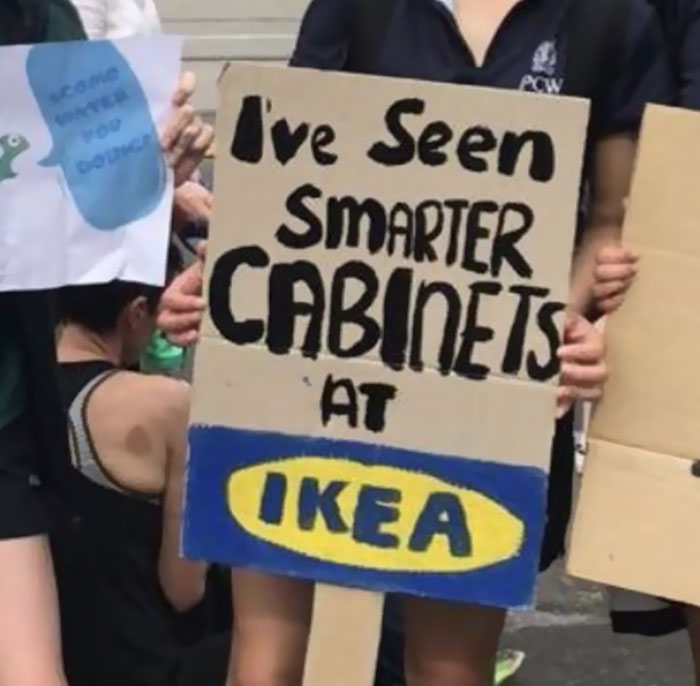
karagiannis_c
Scroll down to check out more examples of clever and funny climate strike signs

MW_Unrest

cruticus
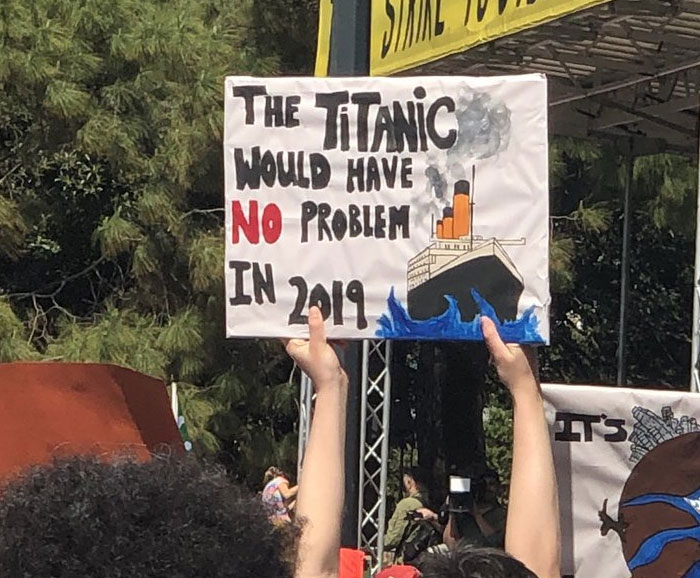
cruticus
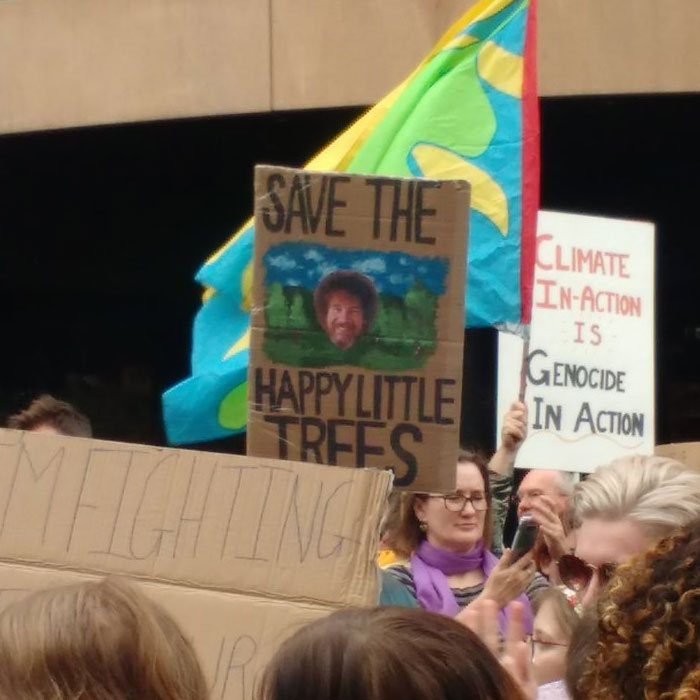
Ganjm001
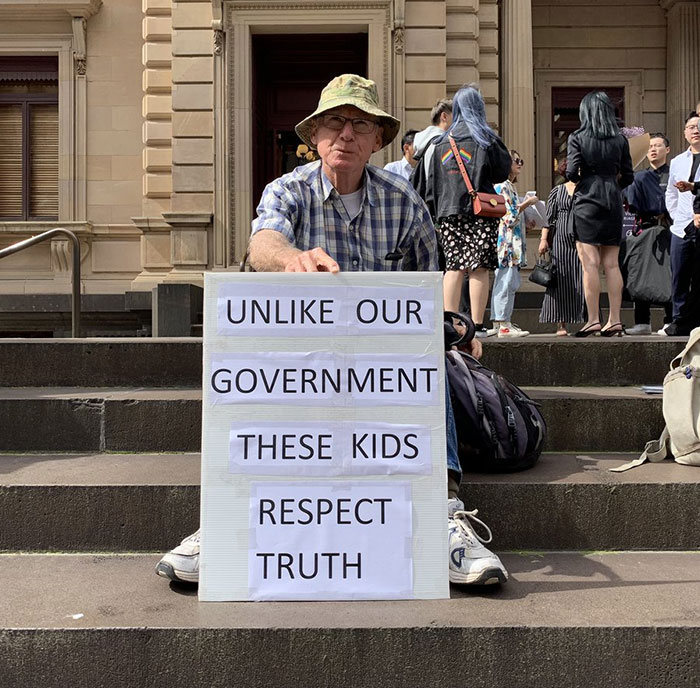
mrbenjaminlaw
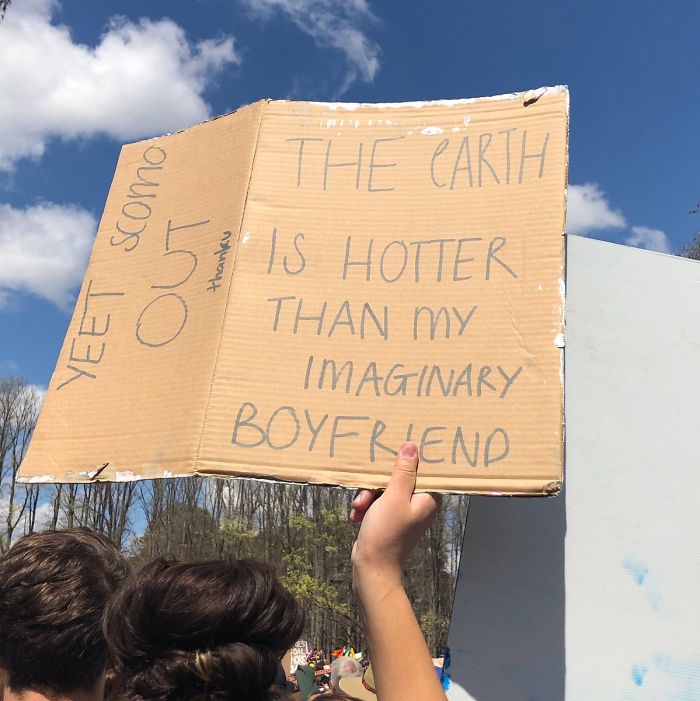
ALeighMP
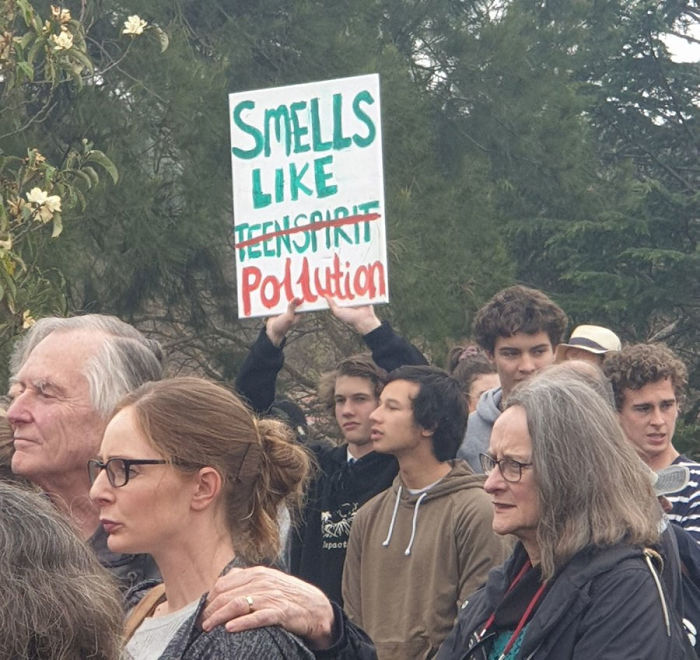
FairAusPol

ALeighMP

MW_Unrest
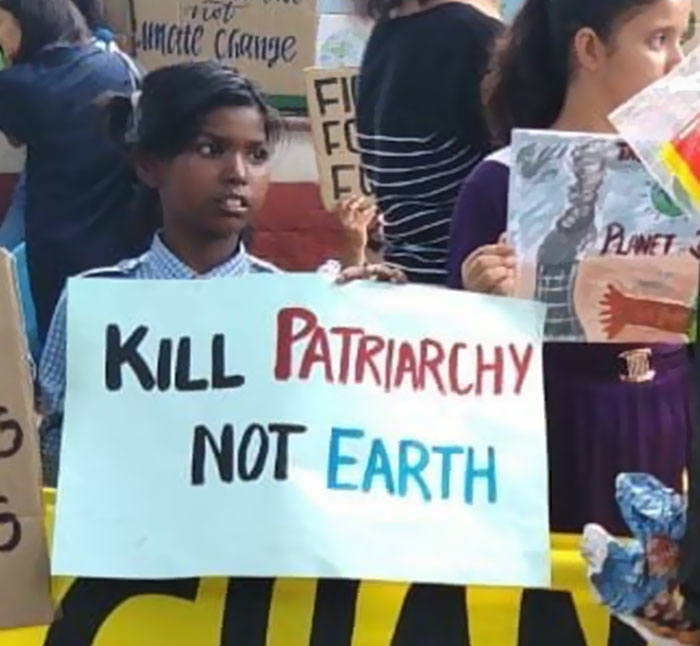
JuaniTheEmpath
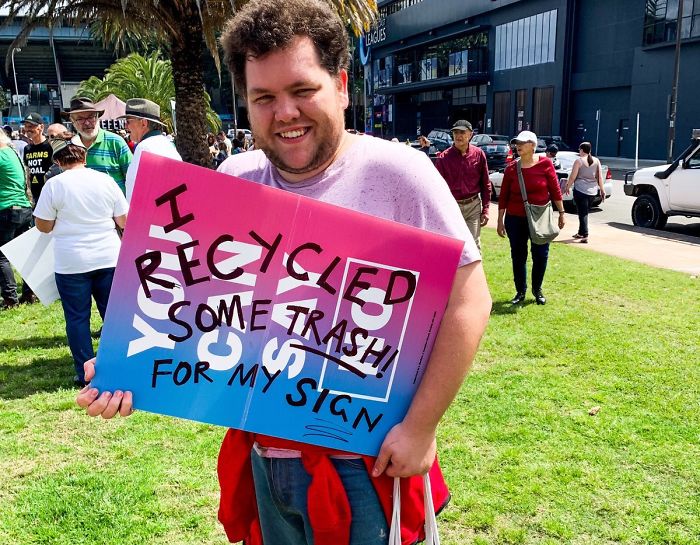
thejoshmaxwell
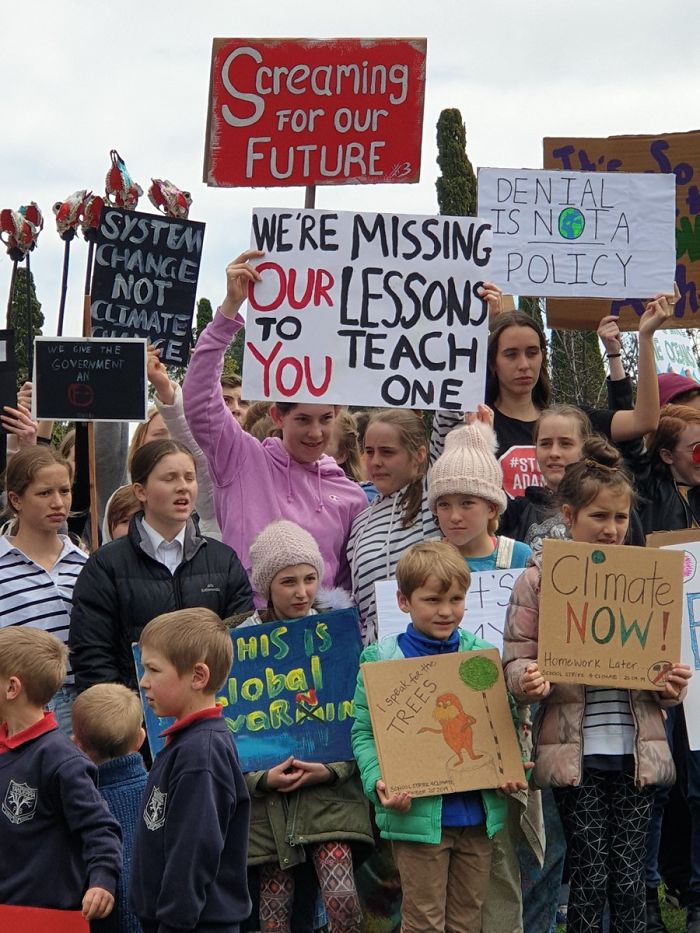
FairAusPol

alexanasta_
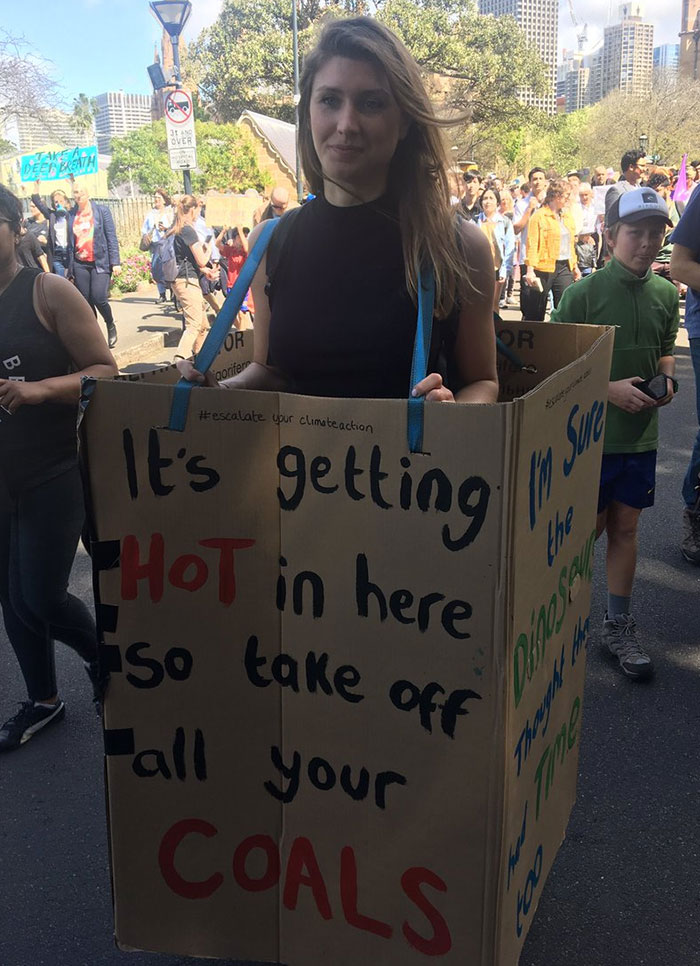
MsKateLyons
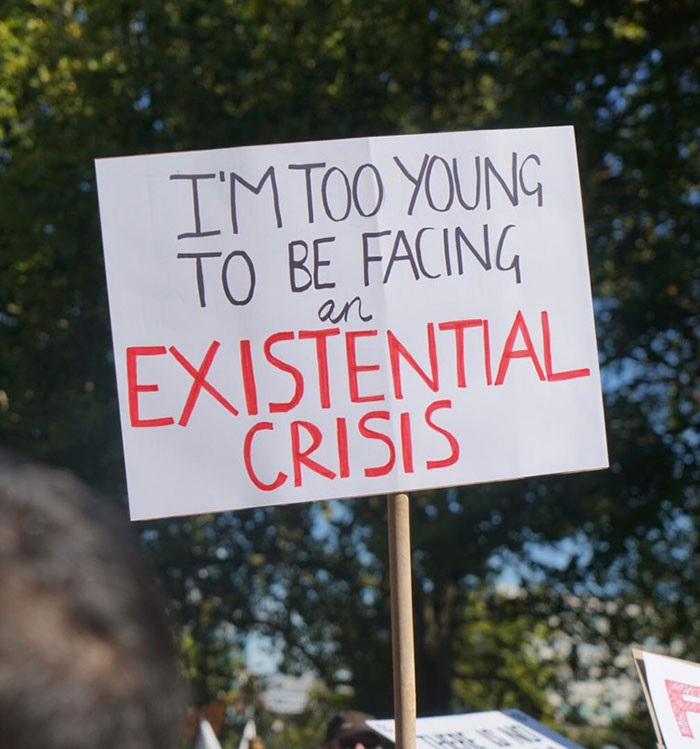
itsjamesherring
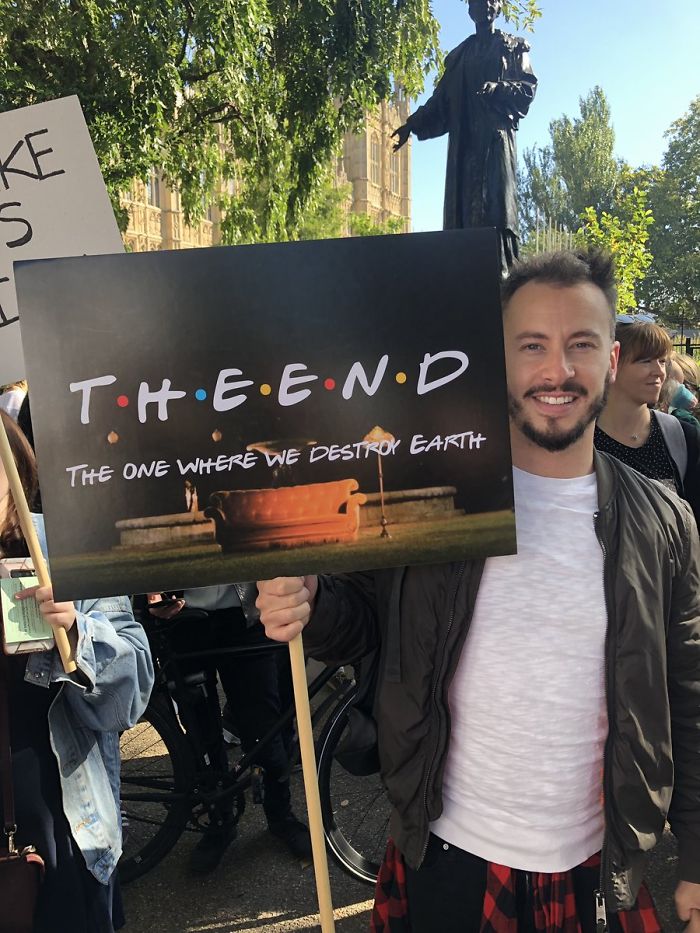
itsjamesherring

courtwhip

zentouro

SalesyNewy
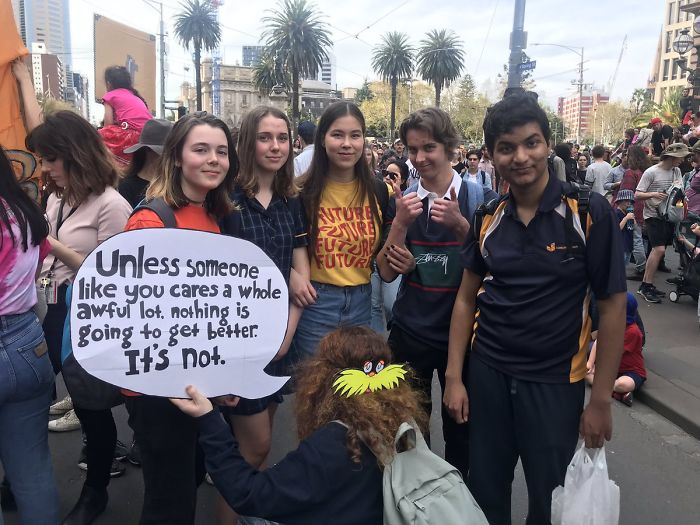
lukehgomes
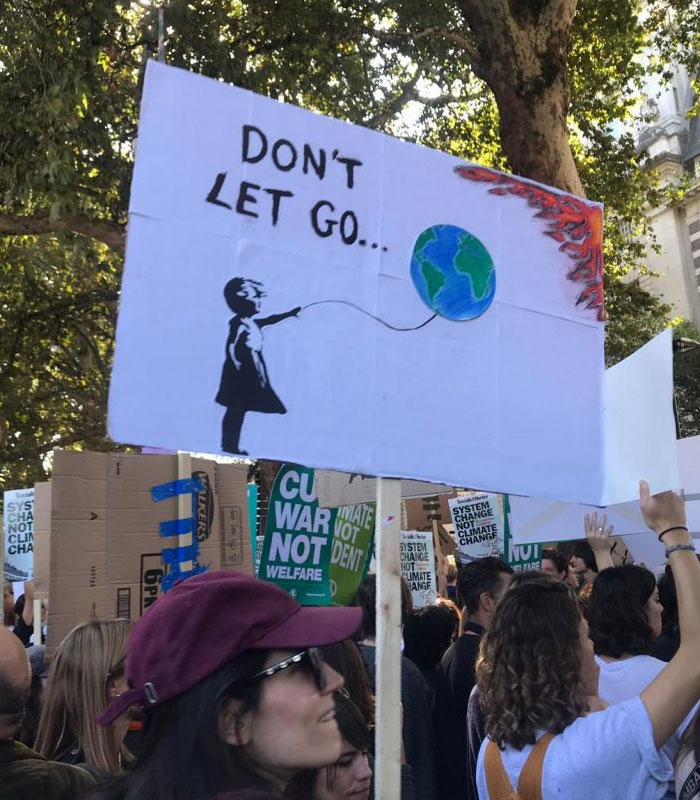

itsjamesherring

naamanzhou
Millions of people around the world marched for the Global Climate Strike on September 20, asking the world leaders to take action against climate change. Carried out in different parts of the world, the protest was participated in by young people and adults as they take their demands and climate strike signs to the streets.
The series of protests was conducted three days before the Climate Action Summit at the UN Headquarter in New York.
It’s an obvious fact that climate change is killing our planet. But why are our leaders so mum about this environmental issue? As climate change worsens, global warming and dangerous weather conditions become more frequent and severe. The entire world became a witness when a massive, unstoppable wildfire engulfed the Amazon rainforest. Dubbed as ‘the lungs of the Earth’, the Amazon rainforest produces 20 percent of the world’s oxygen. Now, imagine it being wiped out from the surface of the Earth. We can only think of the worse. Climate change, among others, is one of the factors that could’ve contributed to the wildfire.
The tragic fate of the Amazon rainforest is only the beginning. If we don’t take action now, expect the worse events to happen in the near future. Aiming to persuade the world leaders to prioritize the environment over global economic growth, people stormed the streets with climate strike signs to get the message across. While the objective remains unified, protesters have their own unique ways of creating their own climate strike signs. Besides, creative protest signs are more likely to draw more attention. And that’s the idea behind it all.
These protesters, young and old, really have something to say about the issue. And you know what they say, a picture is worth a thousand words. In this case, a sign is worth a million words. We’ve picked out the most interesting (and most comical) climate strike signs from different parts of the world. It’s true indeed, artistic and creative skills naturally comes out when the situation calls for it.

awlilnatty

birgit_maass

DunneBreen

JoshButler

PWDAustralia

cruticus

karagiannis_c
Scroll down to check out more examples of clever and funny climate strike signs

MW_Unrest

cruticus

cruticus

Ganjm001

mrbenjaminlaw

ALeighMP

FairAusPol

ALeighMP

MW_Unrest

JuaniTheEmpath

thejoshmaxwell

FairAusPol

alexanasta_

MsKateLyons

itsjamesherring

itsjamesherring

courtwhip

zentouro

SalesyNewy

lukehgomes


itsjamesherring

naamanzhou



